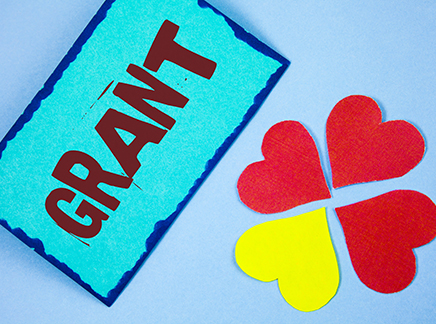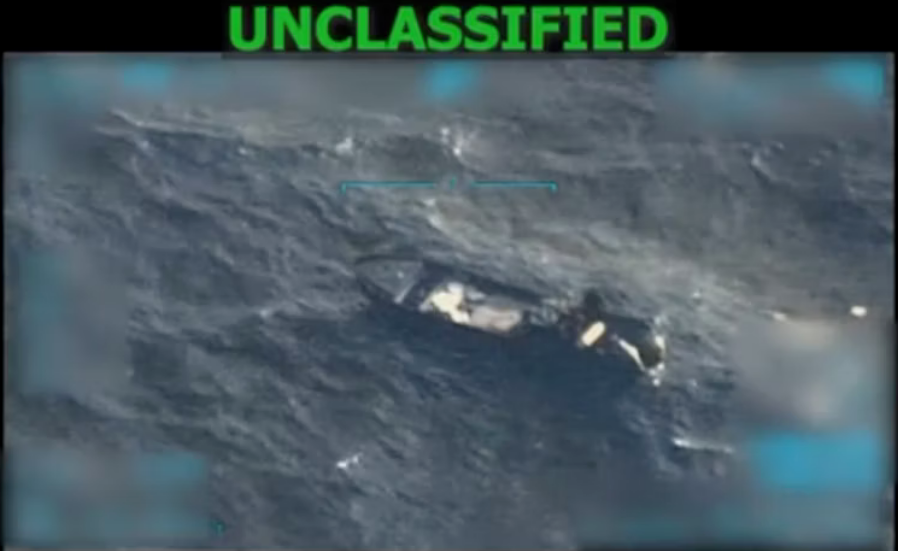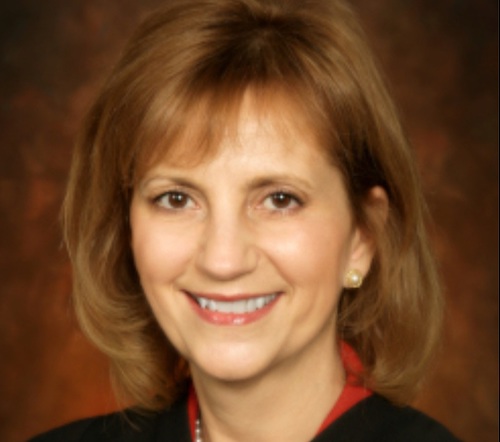It can be exciting to learn about grants that are made to nonprofits. Grant announcements are one way the general public learns about investments in education, the arts, community development, entrepreneurship centers, scientific research, and more. They call attention to the grant recipients’ work, and sometimes inspire donors and other foundations to consider investing in a highlighted nonprofit, or to invest in similar ones.
The news can also inspire other nonprofits: they hear of the grant, and lightbulbs go off. “We should ask for funding too.” And they are right. Writing grant applications is an important way to raise funds. There are fund development professionals who are busy researching grant opportunities from sun up to sun down. They network at conferences, follow up on suggestions from board members and executive leadership, and monitor foundation websites for funding priorities. They evaluate opportunities and decide which ones to apply for.
But what if your organization doesn’t have that experience or capacity? What if you are well intentioned, provide an important service, advocate for a critical cause, but have never received grant funding? What if you are among the many nonprofits who don’t know how the grant making process works and how to apply? If your organization falls in one of these categories, this column is for you.
Here are three things to know about the process of applying for a grant.
Funders have priorities. Most foundations make grants that meet criteria that has been established by their board. Yes, foundations have boards too, and in many cases, the board sets the funding priorities. They may be narrow, or broad. For example, “we fund after school arts programs for public schools in a five county region.” Or, “we invest in nonprofits committed to reducing health disparities in low income communities.” Before you apply for a grant you need to know the funder’s priorities and the extent to which your organization could be a fit.
Funders have guidelines, schedules and processes. Take time to learn how and when a funder wants to receive applications. Some have a deadline by which you must apply, some accept only online applications, and some request a letter with answers to specific questions before a proposal will be accepted. If the foundation or agency has a website, this type of information should be available there. Another source is the Foundation Directory Online. It is important to know that not all foundations accept unsolicited proposals – you may have to be invited to submit.
Funders want a well written proposal. They want you to communicate clearly and concisely. In general, you need to share your organization’s mission, vision, programs, history, impact, leadership, and people served. They may also want to know your revenue sources and expenses. Some will want to know if you have a strategic plan, the racial and gender diversity of your staff and board, the demographics of who you serve, and how you evaluate your impact. And they will want it in a specific order.
Next week we will share resources and suggestions for getting started. In the meantime here are a few additional resources from prior FUNdraising Good Times columns.
- Six things you should know before writing a proposal
- Grant Proposal Submitted, Now What?
- Ten Things You Need to Know About Proposal Writing
- Proposal Writing in the Age of Twitter
- Cultivating Foundations
Copyright 2019 – Mel and Pearl Shaw






